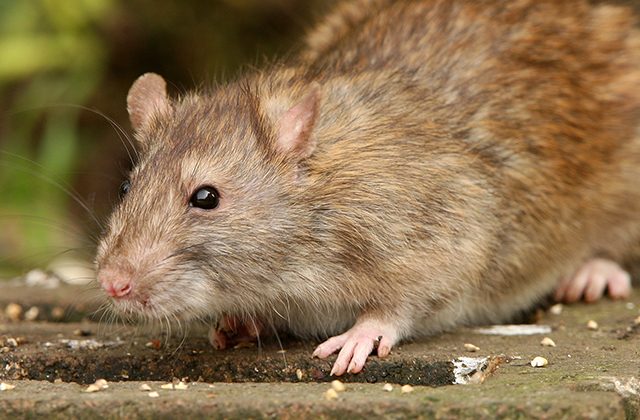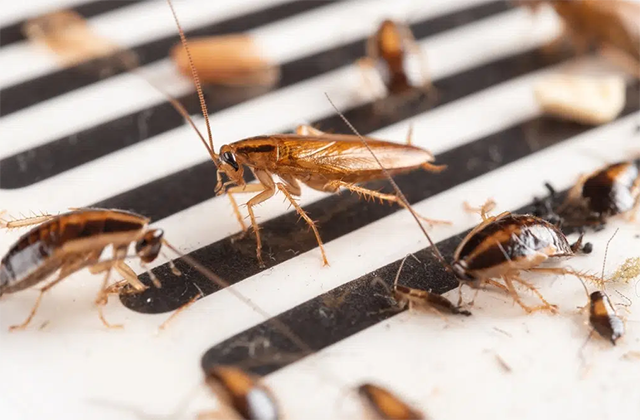Humans and pests have been co-existing since the beginning of time. Read pest control Sunshine Coast reviews before you do proceed with their services.
Pests are nuisance causing little insects that can wreak havoc in your home. They can infest your furniture, destroy your bedding, contaminate food items, and even harm you and your family members.
They are not only a health hazard but also a major cause of financial loss.
To avoid such situations, here are some tips to make your home a pest free haven:
Make Your Home Pest Proof: To avoid any pest infestation in the future, it is important to pest proof your home before they enter it. Eliminate all the cracks and crevices from where they can enter. Seal them with appropriate material. Keep all the vents in your home covered with fine wire mesh as insects can easily pass through them otherwise. Also keep windows closed all the time. If possible cover them with iron grills so that there is no way for these little creatures to enter your home.
Pests can be a real problem in any home. The key to keeping pests out of your home is knowing what pests are likely to be in your area and making sure you understand the measures you need to take to keep them from getting inside. Here are some tips that can help you make your home a pest free haven today:
Clean Up the Yard
Pests love clutter and tall grass, so one of the first things you should do is walk around your property and make sure everything is trimmed and tidy. You should also look for anything that might provide shelter for a pest. For example, if you have firewood stacked next to the house, move it away from the walls and elevate it off the ground. If you have bushes or other large plants growing near the house, trim them back so they aren’t touching any exterior walls.
Inspect Your Home’s Exterior
Next, you want to inspect your home’s exterior. Look at each wall carefully, paying special attention to windowsills and doors, looking for gaps or holes that could provide access. You should also check pipes and vents for gaps that could give pests entry into your home. Make sure screens are tight fitting and on all windows not protected by storm windows or units with screens built in.
If you want to keep your home free of pests and other unwelcome insects, here are some useful tips to make your home more pest free:
- Keep garbage in sealed bags, and discard it frequently.
- Remove food waste promptly, and clean up any spills immediately.
- Store food in sealed containers, or in the refrigerator or freezer.
- Clear away clutter where pests can breed and hide.
- Seal cracks around doors and windows, as well as along baseboards and moldings, to keep pests from entering your home.
- Make sure window screens fit tightly in their frames and repair any holes or tears immediately.
- Repair leaking pipes and faucets promptly so moisture does not attract pests such as cockroaches.
- Use a dehumidifier during summer months to reduce the moisture level in the air and make your home less hospitable for pests such as silverfish, centipedes and woodlice that thrive in damp areas such as basements, cellars, garages or attics.
Pests are a huge problem for homeowners. If you have pests in your home, then you can contact a pest control service. However, if you want to avoid spending money on a pest control service, then you can use these tips to make your home a pest free haven.
The last thing you want is to deal with pests in your home. But the reality is, many homes across America are dealing with pests on a daily basis.
Depending on where you live, pests can be anything from mosquitos and ticks to mice and rats. And if you have kids or pets, it’s important to know what pests are common in your area and how to prevent them from entering your home.
The team at the Environmental Protection Agency (EPA) feels that you should feel good about your home, and that means you should feel good about its cleanliness.
When you have pests in your home, it can cause a lot of damage — both to your property and to your sense of well-being.
To help you make your home a pest-free haven, here are some tips from the EPA:
Make sure to check for cracks or holes in the foundation and walls of your home, especially in areas where pipes or wires travel. These cracks can be an entry point for rodents, who will chew through them even if they’re small. If you have pets, check their food and water bowls periodically for signs of chewing; this is another common entry point for little critters.
To keep pests from entering your yard, you should remove any standing water, which can act as a breeding ground for mosquitoes.
Keep your trash in containers with lids that seal tightly. This will help prevent flies and other pests from getting access to rotting food, which is a feast for them. Make sure to put out the trash just before it’s collected, so it doesn’t sit outside all day. Book now for pests services in your area.



